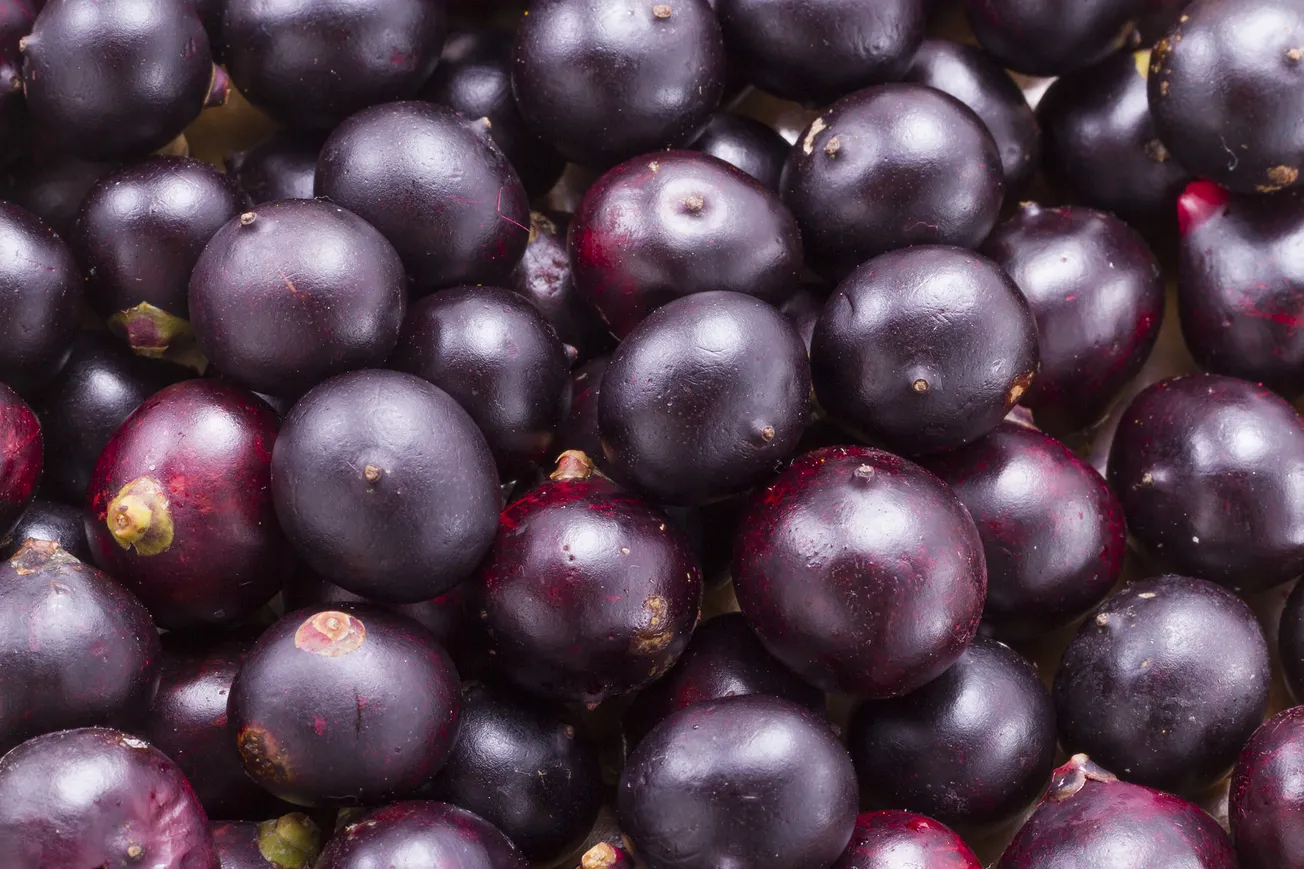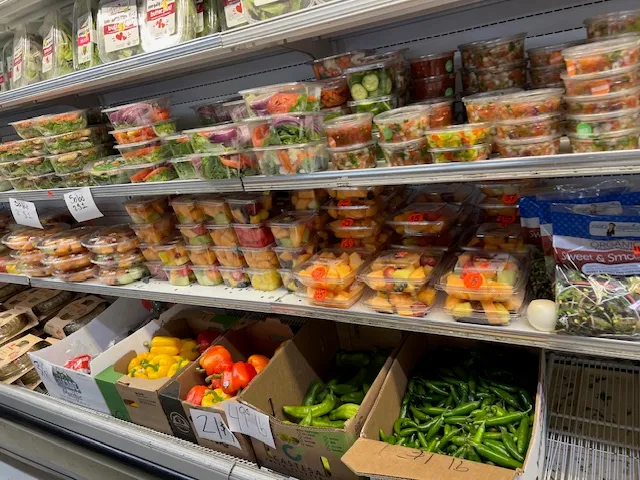Table of Contents
Mango: The King of Fruits – A Comprehensive Guide
From its luscious sweetness to its vibrant cultural significance, the mango (Mangifera indica) is a fruit cherished worldwide. This article delves into its global varieties, nutritional profile, culinary versatility, cultivation practices, economic impact, and more.
1. Global Varieties of Mango
Over 1,000 mango cultivars exist, each with distinct flavors, textures, and uses:
- Alphonso (India): Known as the "King of Mangoes," it has saffron-colored, buttery flesh.
- Tommy Atkins (Americas): Fibrous but sweet; dominates global exports due to its shelf life.
- Ataulfo (Mexico): Small, golden, and creamy with honey-like sweetness.
- Kent (Florida/Peru): Juicy, fiberless, ideal for slicing and salads.
- Kesar (India): Bold aroma, used in Indian desserts like shrikhand.
- Nam Dok Mai (Thailand): Sweet, slender, and popular in Southeast Asian cuisine.
2. Taste & Culinary Uses
- Flavor Profile: Ripe mangoes are sweet and tropical; green mangoes are tart and crisp.
- Usage:
- Ripe: Smoothies, sorbets, chutneys, and desserts like mango sticky rice.
- Green: Pickles (Indian aam ka achar), salads (Thai yam mamuang), and savory dips.
- Dried: Snacks, trail mixes, or rehydrated in curries.
3. Nutrition & Health Benefits
- Nutritional Value (per 100g):
- Calories: 60 | Vitamin C: 67% DV | Vitamin A: 20% DV | Fiber: 1.6g
- Glycemic Index (GI): 51–55 (low to medium), making it suitable for moderate consumption by diabetics.
- Health Benefits:
- Boosts immunity (high vitamin C).
- Supports eye health (vitamin A).
- Aids digestion (fiber and enzymes like amylase).
- Antioxidants (mangiferin) combat inflammation.
4. Cultivation & Climate Requirements
- Ideal Conditions:
- Climate: Tropical/subtropical (25–35°C); frost-sensitive.
- Rainfall: 750–2500 mm annually; drought-tolerant once mature.
- Soil: Well-drained, pH 5.5–7.5.
- Pollination: Primarily by flies, bees, and wind. Cross-pollination enhances yield.
5. Major Producers, Exporters & Importers
- Top Producers (2023):
- India (20+ million tons)
- China (5 million tons)
- Thailand (3.5 million tons)
- Mexico (2.2 million tons)
- Leading Exporters: Mexico (to the USA), India, Thailand, Peru.
- Key Importers: USA, European Union, China, Middle East.
6. Mango Products & Processing
- Dried Mango: Thailand and the Philippines are top producers; often sulfite-treated to retain color.
- Juices/Purees: Used in beverages, ice creams, and baby food.
- Cosmetics: Mango butter in moisturizers for its skin-nourishing properties.
- Fermented Products: Mango wine and vinegar.
7. Storage & Preservation
- Fresh Mangoes:
- Unripe: Store at room temperature until soft.
- Ripe: Refrigerate (up to 5 days).
- Freezing: Peel, slice, and store in airtight bags (6–8 months).
- Drying: Use dehydrators at 60°C; store in cool, dark places.
8. Green Mangoes: Beyond Sweetness
- Uses:
- Pickling: Preserved in oil, salt, and spices (e.g., Indian avakkai).
- Cooking: Added to curries, salsas, chutneys and tangy soups.
- Nutrition: Higher vitamin C and fiber than ripe mangoes.
9. Return on Investment (ROI)
- Costs: $1,500–$3,000/hectare (saplings, irrigation, labor).
- Yield: 8–15 tons/hectare, depending on cultivar and farming practices.
- Profitability: High demand in export markets. Alphonso mangoes fetch $50–$100 per 4kg box in the USA.
10. Challenges & Innovations
- Pests/Diseases: Fruit flies, anthracnose, and powdery mildew.
- Solutions: Resistant cultivars (e.g., Tommy Atkins), integrated pest management.
- Sustainability: Organic farming, rainwater harvesting, and drip irrigation.
Conclusion
The mango’s versatility—whether enjoyed fresh, dried, or pickled—cements its status as a global favorite. Its cultivation supports millions of livelihoods, while its nutritional benefits make it a dietary staple. As climate-resilient farming techniques evolve, the mango’s reign as the "king of fruits" shows no sign of waning. From bustling Asian markets to gourmet Western kitchens, this golden fruit continues to captivate palates and economies alike.
Quick Recipe: Spicy Green Mango Pickle
- Thinly slice 2 green mangoes.
- Mix with 1 tbsp salt, 1 tbsp chili powder, 1 tsp turmeric, and 2 tbsp mustard oil.
- Store in a sterilized jar for 3 days before serving.
Bon appétit! 🥭









